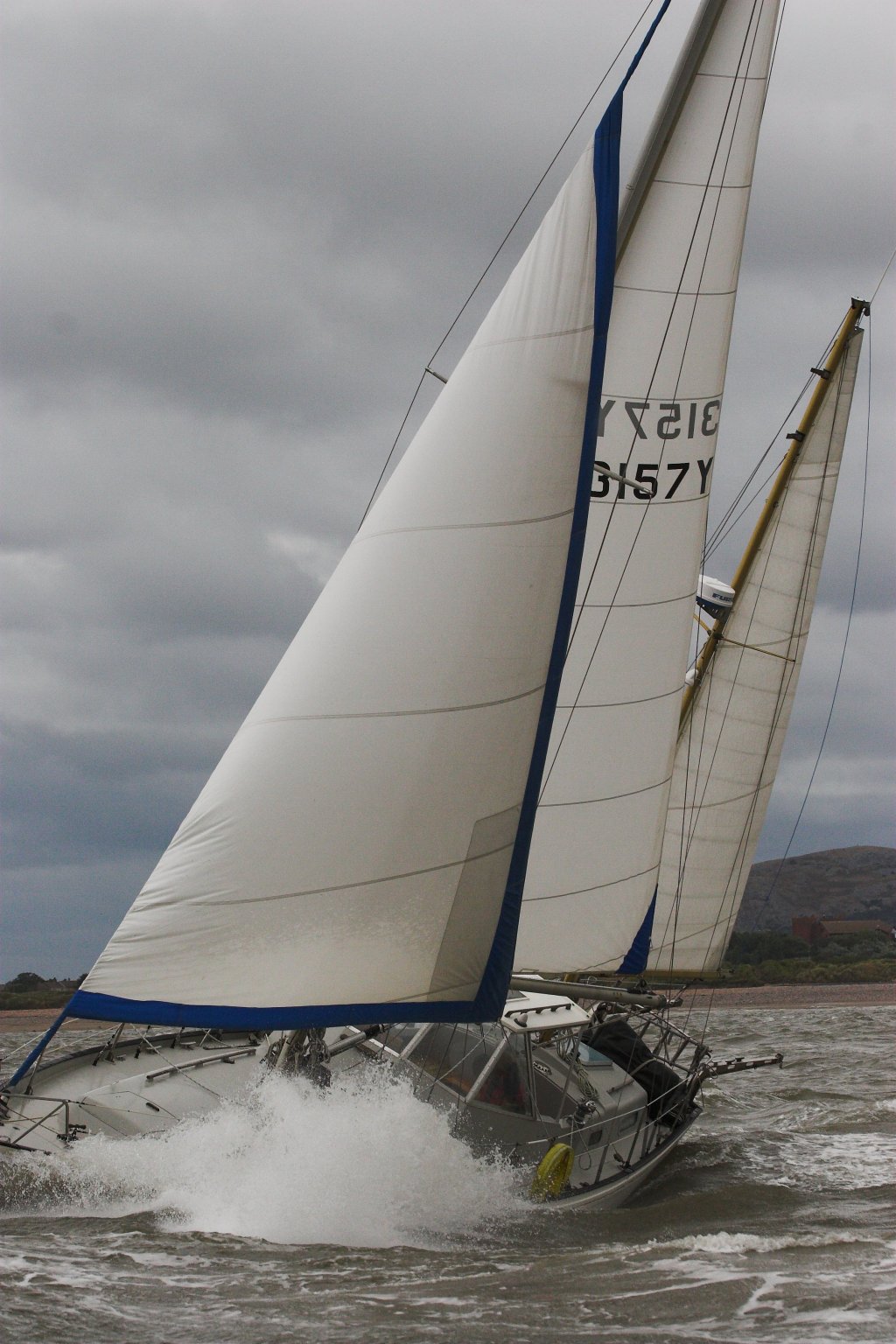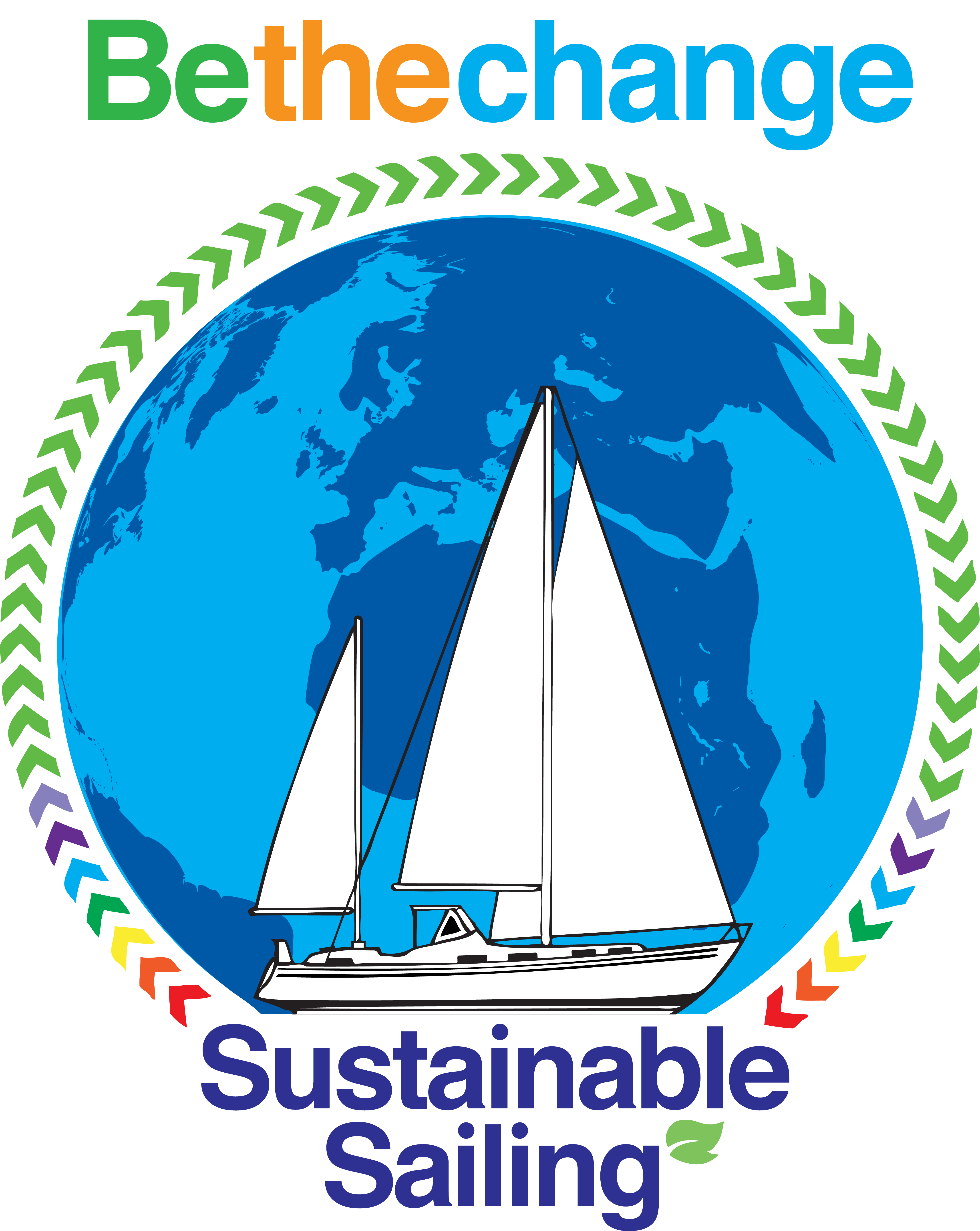Month: November 2020
-
Dyneema Termination and Chainplate update
[Update] I have written a lot about Dyneema standing rigging so I now have a guide to it all in: Dyneema / Synthetic Rigging Summary[End Update] Following my posts Chainplates. We are going for a radical dyneema option and Termination of Dyneema Shrouds. The most contentious issue? I’ve just watched a new video from Free…
-
Brilliant English Upcycling of old sails
Today I found Sails and Canvas (in Topsham, Devon): Lifestyle productsMade in Devonfrom recycled sails Absolutely brilliant! 🙂 We will have to sail to Topsham and on the way decide which of our many very old sails are past being usable for us so they can become great new things 🙂 Thanks to Clean Sailors…
-
Termination of Dyneema Shrouds. The most contentious issue?
[Update] I have written a lot about Dyneema standing rigging so I now have a guide to it all in: Dyneema / Synthetic Rigging Summary[End Update] When you look at the strong opinions about the way you end your Dyneema shrouds it makes all the other strongly held opinions seem conflict free 🙂 This is…
-
How sustainable is Dyneema rigging?
[Update] I have written a lot about Dyneema standing rigging so I now have a guide to it all in: Dyneema / Synthetic Rigging Summary[End Update] Until recently the answer would be: terrible. A “plastic” made with petrochemicals that can’t be recycled. However, things are changing. There is now a Bio-based Dyneema fibre which has…
-

Why Dyneema standing rigging?
[Update] I have written a lot about Dyneema standing rigging so I now have a guide to it all in: Dyneema / Synthetic Rigging Summary[End Update] We know that our decision making process can seem strange to others. 🙂 For example why would we remove a working diesel engine to go for an electric motor.…
-
Chainplates. We are going for a radical dyneema option
[Update] I have written a lot about Dyneema standing rigging so I now have a guide to it all in: Dyneema / Synthetic Rigging Summary[End Update] In my last post “Chainplate update, more challenges” I linked to a whole bunch of YouTube channels where people have switched their rigging from Stainless Steel Wire to Dyneema…
-
Chainplate update, more challenges
Back in June I wrote “Chainplate update” which explored how we might solve the problems with our chainplates that we detailed in “Deck repair question“. We are very comfortable with our solution to the backing plates / under deck reinforcement: replace the inadequate stainless steel plates that have 4 problems too small (so the load…
-
Fresh water tank
Jane has been assembling photos to show the progress we have made in our first year of refitting Vida. As we looked at them we looked a bit more closely at the pictures of our fresh water tank (according to the survey around 400 litres). You can see a lot of it here. It is…
-
Being off-grid vs being Sustainable
During the COVID-19 pandemic there have been plenty of YouTube Sailing channels talking about living Off-Grid and talking about their Sustainable lifestyles. However, the two are not the same. Sustainable living is well suited to being able to live off-grid but not all off-grid living is Sustainable. Off-Grid, for sailing cruisers tends to mean living…
-
Lessons from the Vendee Globe and other trends
We are really enjoying watching the Vendee Globe (single handed, non stop, no outside assistance round the world race). Our key sources are the official website tracking and their YouTube Channel but we are also enjoying the content from Sea Wolves. The weather has clearly been unusual and fits with this article about Jimmy Cornell…
